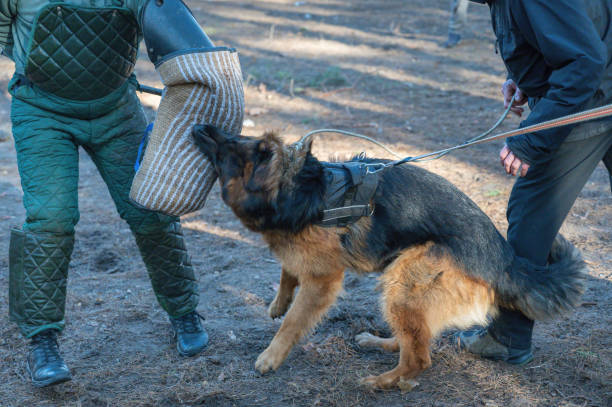Boxing is a sport that requires discipline, skill, and technique. It’s a physically demanding activity that can provide a great workout while also teaching self-defense techniques. Whether you’re interested in boxing as a form of fitness, or you’re looking to become a competitive boxer, mastering the basics is essential.
In this guide, we’ll cover the basics of boxing techniques and provide tips on how to get started with training.
Stance
The first step in learning to box is developing a proper stance. Your stance sets the foundation for your punches, footwork, and defense. Here’s how to set up your stance:
- Stand with your feet shoulder-width apart.
- Take a small step forward with your lead foot (left foot if you’re right-handed, right foot if you’re left-handed).
- Point your lead foot towards your opponent at a 45-degree angle.
- Place your back foot perpendicular to your lead foot, with the heel slightly off the ground.
- Keep your knees slightly bent and your weight evenly distributed between your feet.
- Bring your hands up to your face, with your elbows tucked in and your fists protecting your chin.
Punches
Once you’ve established your stance, it’s time to learn the basic punches. The four main punches in boxing are the jab, cross, hook, and uppercut.
- Jab: The jab is a quick, straight punch thrown with your lead hand wearing custom boxing gloves. It’s used to set up other punches, keep your opponent at bay, and score points.
- Cross: The cross is a straight punch thrown with your backhand. It’s a power punch wearing custom fight gloves that are aimed at the opponent’s head or body.
- Hook: The hook is a curved punch thrown with your lead hand. It’s aimed at the opponent’s head or body and is often used in combination with the jab or cross.
- Uppercut: The uppercut is an upward punch thrown with your backhand. It’s aimed at the opponent’s chin or body and is often used at close range.
Footwork
Footwork is an essential part of boxing. Good footwork allows you to move around the ring, avoid punches, and set up your own punches. Here are some tips for developing good footwork:
- Stay on the balls of your feet. This allows you to move quickly and change direction easily.
- Take small steps. Big steps can throw you off balance and make it harder to move quickly.
- Move around the ring. Don’t stand still in one spot. Move in and out, side to side, and circle around your opponent.
- Pivot on your lead foot. When you throw a punch, pivot on your lead foot to add power to the punch and maintain balance.
Defense
Defense is just as important as offense in boxing. Good defense allows you to avoid punches and conserve your energy. Here are some basic defensive techniques:
- Keep your hands up. Your hands should be protecting your face at all times.
- Move your head. Use head movement wearing custom headgear to avoid punches. This can include slipping (moving your head to the side), bobbing and weaving (moving your head up and down), and rolling (moving your head in a circular motion).
- Block and parry. Use your hands to block punches or parry them away from your body.
- Clinch. If you’re in trouble, clinch with your opponent to stop the action and give yourself time to recover.
Training Tips
- Focus on technique. It’s important to focus on proper technique when you’re first starting out. This will help you develop good habits and prevent injury.
- Start slow. Don’t try to go all out right away. Start with slower, controlled movements and gradually increase your speed and power as you become more comfortable.
- Use a heavy bag. A heavy bag is a great tool for developing power and technique. Use it to practice your punches and footwork.
- Incorporate shadowboxing. Shadowboxing is a great way to work on your technique and footwork without the need for equipment. Practice your punches, footwork, and defensive movements in front of a mirror.
- Spar with a partner. Once you’ve developed some basic skills, sparring with a partner can help you put them into practice. Start with light sparring and gradually increase the intensity as you become more comfortable.
- Don’t neglect your conditioning. Boxing is a physically demanding sport, so it’s important to focus on your conditioning. Incorporate cardio, and strength training, and flexibility exercises into your training regimen.
- Stay hydrated. Boxing is a sport that requires a lot of energy, so it’s important to stay hydrated. Drink plenty of water before, during, and after your workouts.
- Take rest days. Rest is an important part of any training regimen. Give your body time to recover and avoid overtraining.
- Be patient. Boxing is a complex sport that takes time to master. Be patient with yourself and focus on gradual improvement. With dedication and hard work, you can become a skilled boxer.
Conclusion
Boxing is a sport that requires discipline, skill, and technique. By mastering the basics of boxing technique, you can develop the foundation you need to become a successful boxer. Focus on proper stance, punches, footwork, and defense, and incorporate training tips like using a heavy bag, sparring with a partner, and staying hydrated. With dedication and hard work, you can become a skilled boxer and enjoy the physical and mental benefits that boxing has to offer.
Read also more information









